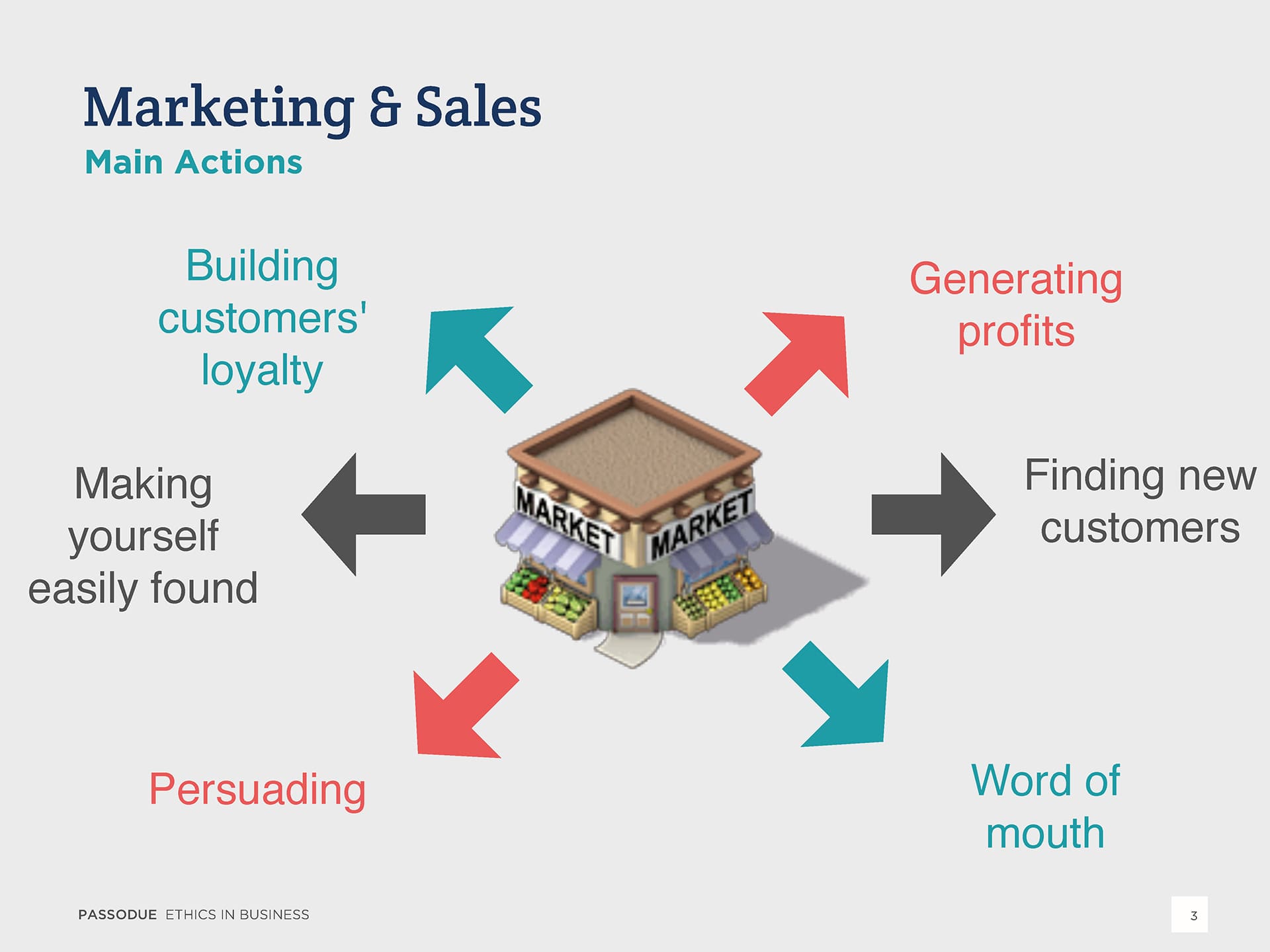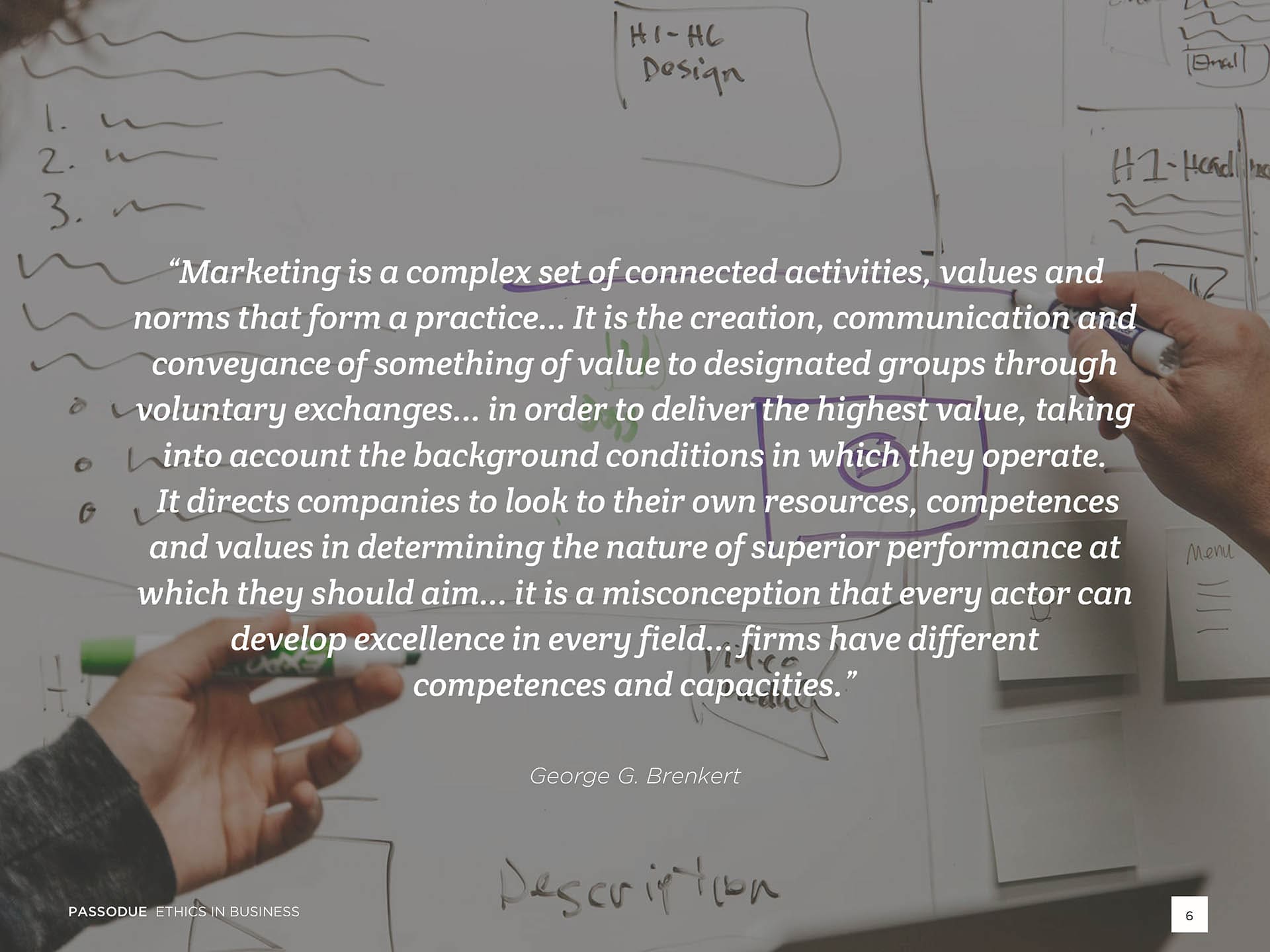by Alberto Aleo
In the Italian companies which belong to the SME sector and operate in B2B markets, the difference between marketing, communication and sales is often far from clear. In fact, what is really unclear concerns especially the operational scopes of the marketing area and the relationship with the other company departments. The marketing area, when the company has one, often includes just a few people and serves as the “organizational office” of the sales department, with some special assignments to create pricelists and catalogues and to develop web/social activities.
Therefore what is, or should be, the role of the marketing area in a small or medium-sized business?
An all-Italian anomaly
Before looking into marketing and into the important contribution it can make even in a small business, it is important to understand why this discipline is still little known and barely explored in our country. Let’s face it, in Italy there is a dichotomy between marketing and sales, which are often seen as opposed factors involved in a real conflict of interest. In North America, instead, (where marketing and management were more or less invented), talking about sales without talking about marketing would make no sense. This is because they are two sides of the same coin, bound together by a common objective: increasing turnover, finding new clients, building customers’ loyalty, developing arguments that can convince them and strengthening the company’s reputation, just to name a few! Overseas marketing departments can count on the distribution network and on the sales team as their “operational arms”: there is no break in continuity between the two. The tools employed might vary, but the objectives and the main parameters used to measure the results are the same.

Marketing and change
The role of marketing is changing rapidly and radically worldwide, because the dynamics of the relationship with the market and with the customers are changing.
With the advent of the Internet, the proliferation of customer-business interfaces has led all business sectors to “open up” to the relationship with the customers, becoming transparent and receptive towards their curiosities, requests for information and to market needs in general.
Moreover, operating in B2B markets presents some peculiarities which have changed and specialized the role of the marketing area: just think that our products/services are often part of a supply system which is “packaged” by another company, and therefore enter the market indirectly. Customers are not (only) the end users; they are intermediate actors with different purchasing dynamics that must be investigated and examined with specific tools.

Photo Adobe Stock
Marketing within the company
The role of marketing is becoming more and more “cross-cutting” with respect to the various corporate functions. If we want to identify Brand Value, Consumer Experience and Relationship with the Customer as the three macro-areas which define the role and the positioning of a company in its reference market, we can certainly say that all the company departments contribute to their “creation” – each one with different actions and at different times: from the production department to the design, administration or support sectors.
In order to ensure consistency, style and effectiveness to the three pillars of the supply system – i.e. brand, experience and interaction – someone must take on the role of the orchestra director or – if you like – of the guardian of corporate values, interfacing with and supporting all the levels involved.
This is the role of the marketing area, which requires a series of skills or abilities such as adaptability, quickness, conflict management, ability to concentrate various competences, coordinate and solve problems… It’s not easy, but it’s very stimulating.

Marketing is a strategic activity fully included in the company management, which deals with such issues as the definition of the objectives of communication, the set up of the tools used by the sales department (e.g. promotions), the positioning of the offer and the after-sales policies. All these decisions must be made on the basis of reliable data. As well as being a creative activity, marketing is a discipline that has its roots in statistics.
– – –
Only by accurately cross-referencing data from the market, customer profiling, internal performances and sector researches, can we dedicate ourselves to this important activity with skill and efficacy.
– – –
This may well explain the love/hate reationship that we Italians have with marketing: we like to act instinctively more than on the basis of data and numbers, because we are convinced that otherwise we would have to sacrifice our spontaneity and creativity. However, trust us: innovation comes also from being able to look carefully – and in a new way – at our surroundings.
| partem claram semper aspice |
The photos used - where not owned by the editorial team or our guests - are purchased on Adobe Stock and IStockPhoto or downloaded from platforms such as UnSplash or Pexels.
Did you like this post and want to learn more about the topics?
Passodue research on issues related to sales, marketing, ethics and the centrality of human beings within the market logic, officially started in 2012. The results derived from our work are described in the publications and in the books you can find in this section.





This Post Has 0 Comments